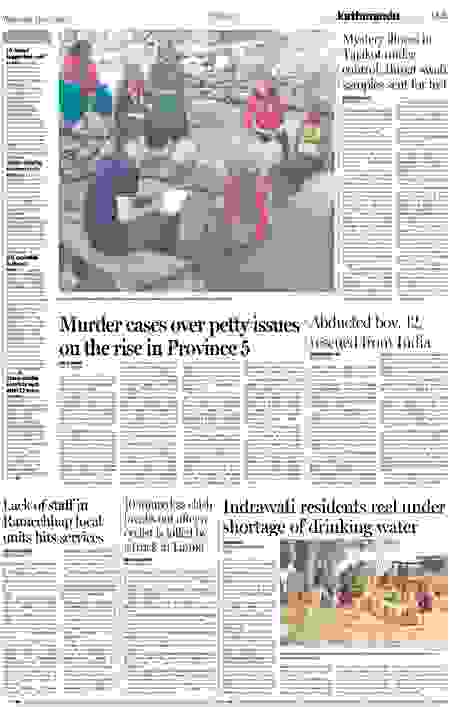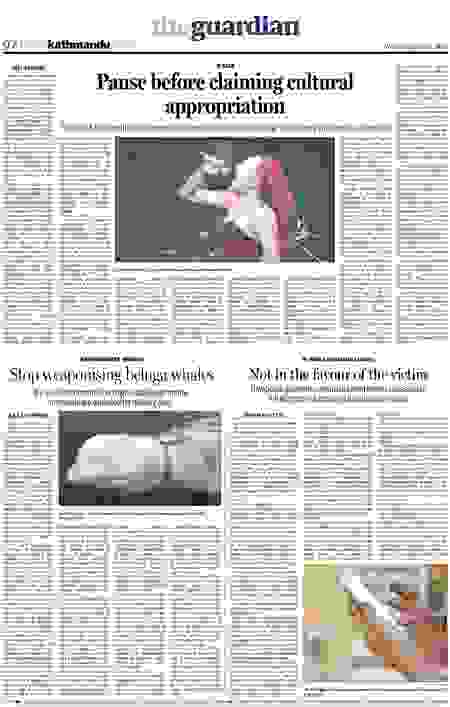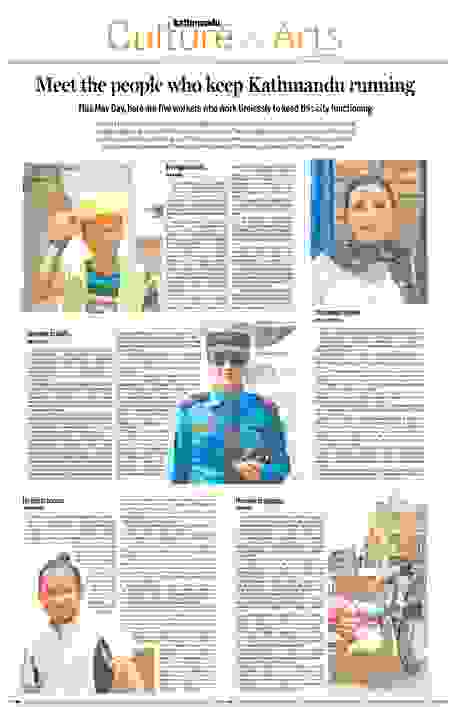Legal experts doubt success of Ncell and Axiata’s international arbitration move
KATHMANDU,
Although Ncell and its parent company, Axiata, have sought international arbitration over the capital gains tax determined by the Nepal government citing Bilateral Investment Treaty between Nepal and the United Kingdom, legal experts doubt success of the mobile company’s move, saying that the treaty does not allow international arbitration on the issue of taxation.
On April 26, the Malaysia-based Axiata, the parent company of Ncell, made an announcement in the name of its shareholders that Axiata Investments (UK) Limited and Ncell Private Limited have filed a Request for Arbitration with the International Centre for the Settlement of Investment Disputes (ICSID) pursuant to the Agreement between the Government of the United Kingdom of Great Britain and Northern Ireland and the Government of Nepal for the Promotion and Protection of Investments.
The Bilateral Investment Treaty between Nepal and the United Kingdom has made the provision of referring the dispute over investment to the ICSID, a body under the World Bank Group founded in 1966 based on a multilateral treaty formulated by the executive directors of the World Bank to further its objective of promoting international investment.
The ICSID Convention came into force for Nepal on February 6, 1969.
But, Gandhi Pandit, a senior advocate who has expertise on corporate and commercial laws, told the Post that Article 7 of the treaty gives exception to the issue of taxation and customs from coming under the jurisdiction of this treaty, letting the domestic laws prevail.
“The treaty allows UK companies to seek international arbitration only when Nepal fails to promote and protect UK investment, does not give national treatment and does not provide equal compensation in the case of damages in the incident of war and armed conflict,” he said. “And if the government seizes the property without proper compensation as per the treaty.”
He questioned the motive of Ncell and Axiata for seeking international arbitration only after the court verdict in Nepal went against them.
“It sought international arbitration only after losing the legal battle in Nepal,” Gandhi told the Post. “If they had the opinion that the issue of taxation should be dealt with as per the Bilateral Investment Agreement, they should have gone to ICSID before the court.”
As per the announcement of Axiata, its subsidiaries Axiata UK and Ncell made the request to ICSID, claiming that Nepal’s conduct with regards to the capital gains tax imposed on Axiata and Ncell contravenes international law obligations under the investment treaty between the two countries.
“The claims relate to Nepal’s conduct in imposing capital gains tax in connection with Axiata UK’s acquisition of 100 percent of the shares of Reynolds Holdings Limited, which owns 80 percent shares of Ncell,” the announcement reads. The company said the Nepal government was also notified about the request.
This is a parallel move made by these companies after they lodged a petition at Nepal’s Supreme Court on April 22, arguing that the Large Taxpayers Office wrongly determined their tax liability at Rs39.06 billion in the name of these companies.
They had, in their petition, also said that their tax liability stood only at Rs14 billion, as they had already paid Rs23.56 billion in 2016 and 2017 the total capital gains tax.
The court has already ordered Nepal’s authorities not to ask Ncell and Axiata to pay the tax for the time being.
After TeliaSonera, which earlier owned Ncell, exited Nepal by selling the telecom company to Axiata on April 11, 2016, as per the acquisition deal—the biggest in Nepal’s corporate sector—signed in December 2015, the capital gains was determined at Rs143.6 billion. And the capital gains tax was to be determined accordingly.
Ncell officials did not respond to the Post’s repeated phone calls and text messages.
But a senior government official, who said he had read the notification sent by Ncell regarding the arbitration, told the Post the two companies have claimed they were not treated fairly in Nepal as Axiata was asked to pay capital gains tax despite it being the buyer in the Ncell buyout deal.
“Terming it against the spirit of the Bilateral Investment Treaty, the ICSID has been urged to arbitrate on the issue,” the official said.
The Supreme Court on February 6 ordered Ncell and its parent company—Axita to pay the capital gains tax, ending a long-drawn debate over whether the buyer should pay the tax when the seller does not clear its tax liability.
In its full verdict on April 9, the top court ordered the tax authority to determine the capital gains tax to be paid by Ncell and Axiata within three months and bar them from repatriating dividend and selling the shares of Ncell.
Semanta Dahal, a corporate lawyer, also doubted if the issue of taxation on Ncell and Axita would come under the jurisdiction of ICSID.
“As Axita is basically a Malaysian company and the investment came directly from Raynold Holdings registered in Saint Kitts and Nevis, a tax haven in the Caribbean with which Nepal has not signed bilateral investment treaties, Nepal can raise a question about the jurisdiction of ICSID regarding this case,” Dahal, who holds an expertise in foreign investment laws, told the Post.
“GON [government of Nepal] can raise preliminary objection under Art. 41 of ICSID immediately,” Dahal wrote on Twitter.
Article 41 of the convention states that any objection by a party to the dispute that dispute is not within the jurisdiction of the Centre, or for other reasons is not within the competence of the Tribunal,
shall be considered by the Tribunal which shall determine whether to deal with it as a preliminary question or to join it to the merits of the dispute. Officials said that it is the first case Nepal faced in the ICSID.
Tax authorities told the Post that Ncell and Axiata’s notification had not reached them.
“We have not received any formal notice,” said Dhaniram Sharma, chief of the Large Taxpayers’ Office. “I am not sure whether Nepal-UK bilateral investment treaty is attracted on tax issues.”



























































